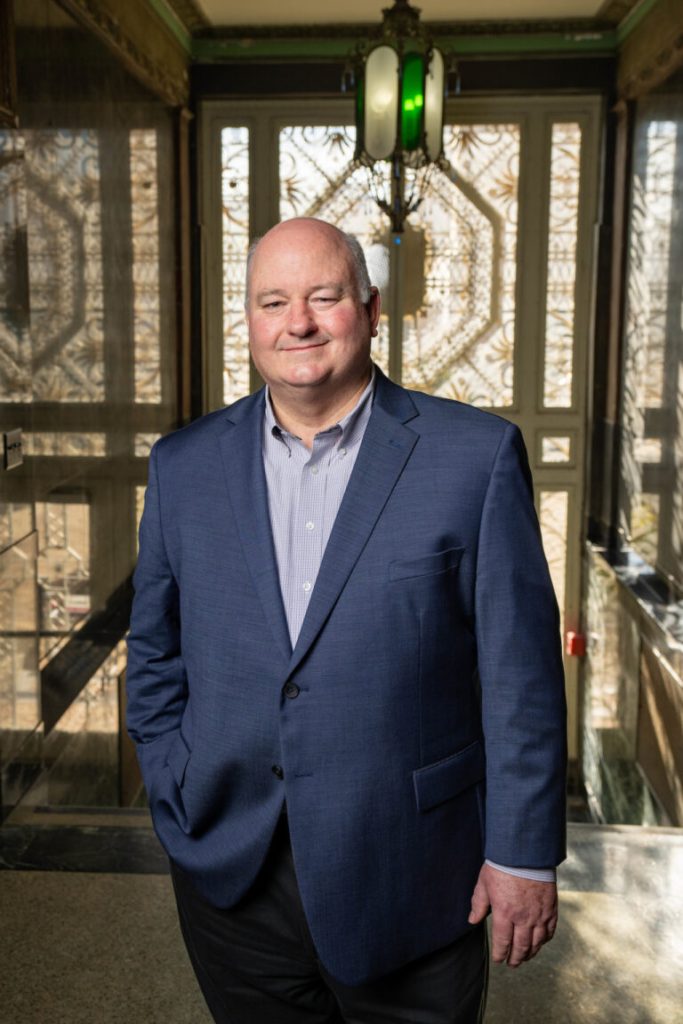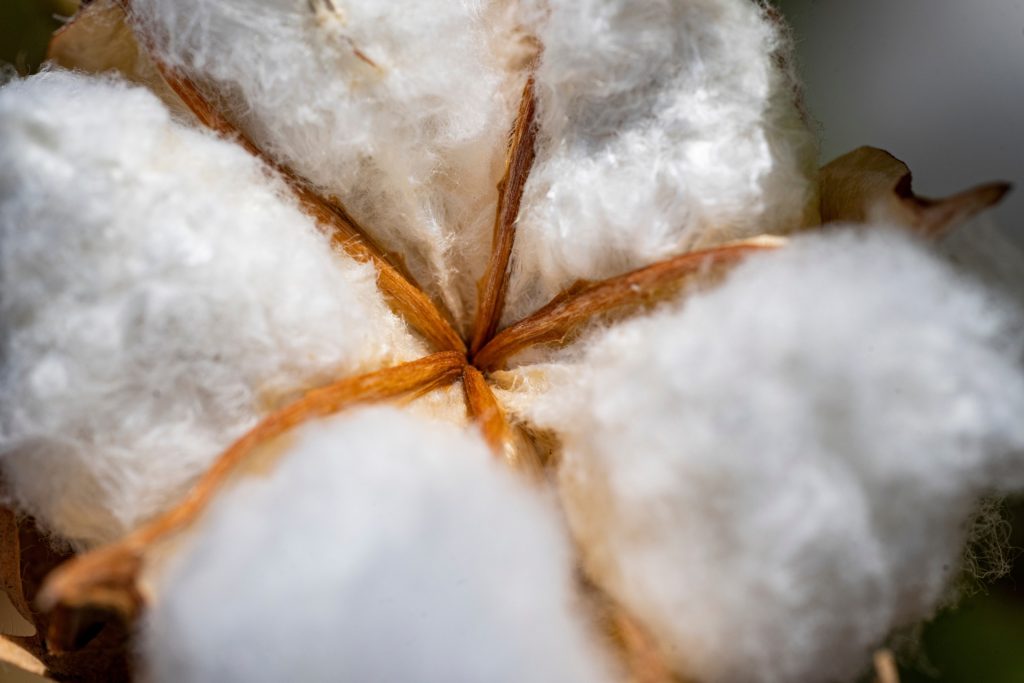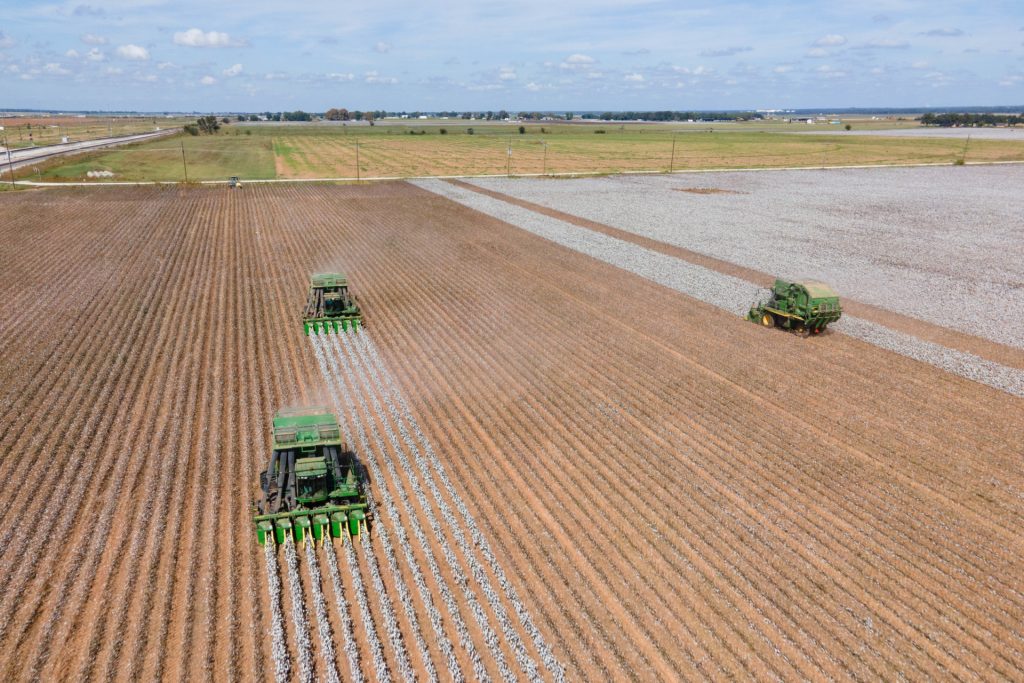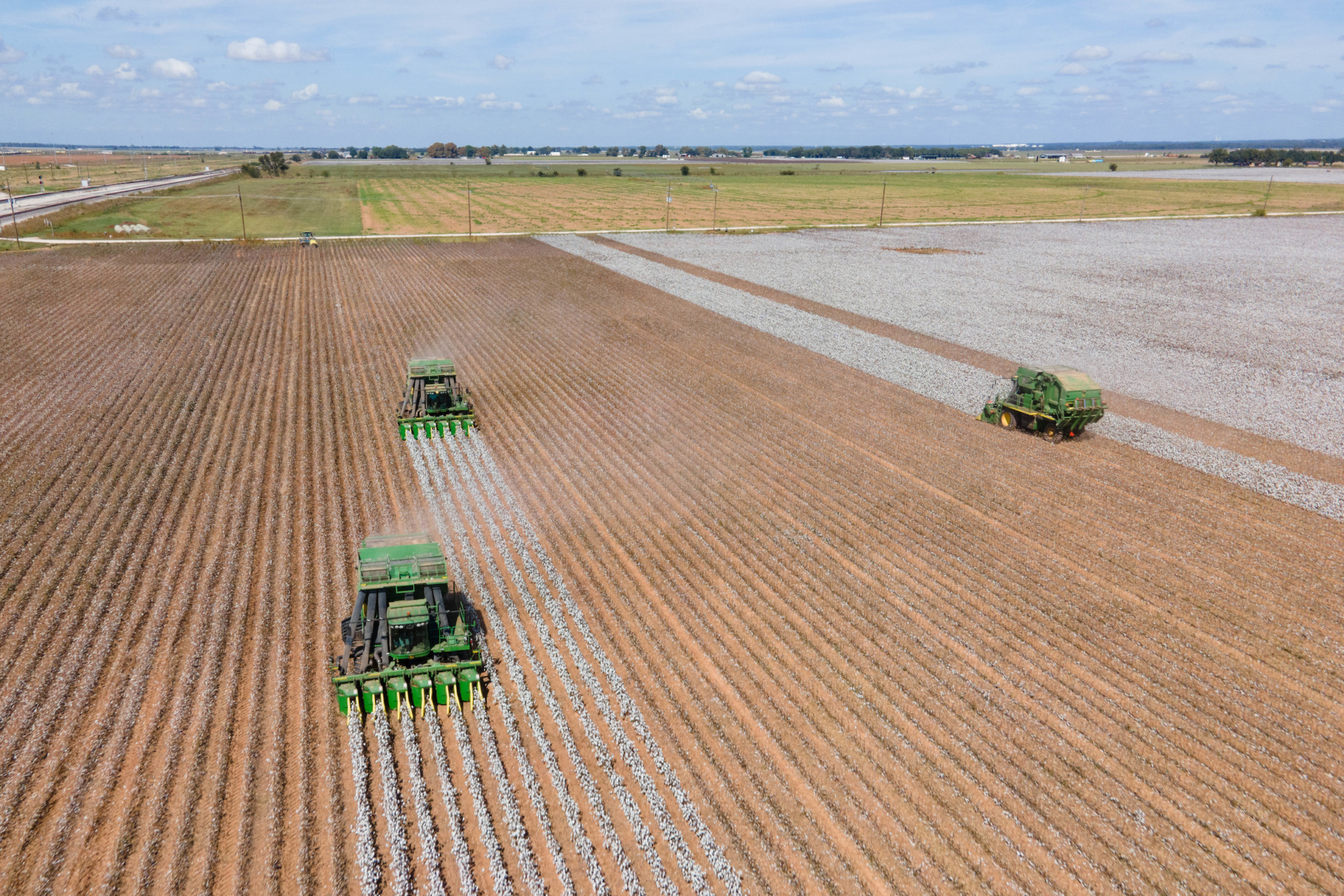Faculty position to bolster Department of Biological and Agricultural Engineering engagement with industry

Michael Buser, Ph.D., is far from retirement, but he feels his career has brought him full circle.
Buser was recently appointed the Endowed Chair in Cotton Engineering, Ginning and Mechanization for the Department of Biological and Agricultural Engineering in the Texas A&M College of Agriculture and Life Sciences.
Buser called the appointment “something really special,” in part because his doctorate advisor Calvin Parnell, Ph.D., professor emeritus, was the first endowed Cotton Engineering chair.
“It feels like my career has brought me right back to where I started,” Buser said. “Dr. Parnell created an incredibly collaborative program that led to ag engineering research projects across the country and innovations that addressed challenges for industry.”
Connecting the cotton engineering community
Buser said, like Parnell, he wants to build a community that connects the cotton industry, federal cotton researchers and other university researchers with Texas A&M faculty and students in a way that provides opportunities for cutting-edge research and learning opportunities while also providing engineering solutions for industry from “dirt to shirt.”
Patricia Smith, Ph.D., Department of Biological and Agricultural Engineering head, said the department was happy to have someone with Buser’s more than 25 years of agricultural engineering experience as a new faculty member. She said his role is a critical position for engagement and collaboration to support one of the most important agricultural industries in the state – cotton.
Texas cotton production contributes $2.4 billion to the state’s gross domestic product, according to a Texas A&M AgriLife Extension Service economic report. From 2019 to 2021, Texas cotton producers averaged 6.2 million bales of cotton on 4.6 million harvested acres, generating $2.1 billion in production value. The Texas cotton industry supports more than 40,000 jobs statewide and $1.55 billion in annual labor income.
“Dr. Buser’s expertise and background uniquely position him to create collaborative teams to pursue some of the biggest challenges in agriculture today,” Smith said. “The cotton industry, which endowed the chair, is thrilled to see someone of Dr. Buser’s caliber representing their priorities both in the state of Texas and across the Cotton Belt.”
Creating opportunities through collaboration, engagement
Buser’s short-term goal is to strengthen the department’s position with cotton industry stakeholders and develop cotton-related opportunities for undergraduate and graduate students.
“Dr. Parnell created a mutually beneficial networking and collaborative powerhouse with stakeholders, and I want to reestablish those relationships,” he said. “Building relationships and community is what will drive the success of our program.”
Building a strong collaborative network will also include engagement with state and federal agencies like the Texas Department of Agriculture and U.S. Department of Agriculture, USDA, as well as other academic institutions.
Buser said collaborations with various stakeholders will create research, teaching and outreach opportunities for faculty and students within the Department of Biological and Agricultural Engineering, the College and beyond.
One of the benchmarks for success, he said, will be producing students who are prepared to contribute to the industry. Their ability to provide innovative, economically viable and sustainable engineering solutions to present and future challenges in agricultural systems will support industry goals while also reinforcing the department’s strong reputation in cotton and agricultural engineering.
Although Buser said preparing students begins in the classroom, labs and field, he also stressed the importance of connecting undergraduate and graduate students with opportunities like internships within the cotton industry as well as identifying ways for students to network with industry members, including industry events.
“This type of engagement helps students identify career paths and employers identify students with talent, expertise and intangible qualities their operations need,” he said.



Michael Buser, Ph.D., the Endowed Chair in Cotton Engineering, Ginning and Mechanization, said collaborative partnerships will help the Department of Biological and Agricultural Engineering lead innovation that supports the cotton industry from “dirt to shirt.” (Texas A&M AgriLife photos by Sam Craft, Courtney Sacco and Laura McKenzie)
Championing cotton engineering research, education and outreach
Buser hopes to champion improvements and enhancements to the program’s infrastructure, including lab facilities and technology within the department, to support faculty recruitment and student development. The goal is for the program’s facilities to support faculty’s ability to provide cutting-edge instruction in fields related to prescription agriculture, like automation; alternative energy, including agrivoltaics and bioenergy; data analytics, like artificial intelligence and decision support tools; and machinery design and development.
“It is a lofty goal, but we want students learning on the newest tech and in an environment that inspires innovation,” he said. “Hands-on teaching benefits the students, but it also benefits industry to have them ready to contribute and succeed. I’m optimistic that mutually beneficial industry partnerships alongside grants and other funding streams can turn this vision into a reality.”
Sign up for HPJ Insights
Our weekly newsletter delivers the latest news straight to your inbox including breaking news, our exclusive columns and much more.
Buser said the Chair in Cotton Engineering, Ginning and Mechanization has an outstanding advisory council that includes ginners, producers, cotton associations and equipment manufacturers members. This council also includes members who were key leaders within the industry before their retirement.
The advisory council has also embraced the current vision for the department’s cotton program because they were involved in identifying key pillars for the next five, 10 and 15 years of the program’s vision, Buser said.
Buser said all agree the path forward includes expansion through collaboration. This initiative includes expanding the advisory council membership and developing a strong network of non-council partnerships that include other Texas A&M University departments, Texas A&M AgriLife centers, USDA Agricultural Research Service units and other universities, state and federal agencies, and information technology and agricultural industries.
“For me, this is the dream team,” Buser said. “It is really exciting to see some of our expansion efforts coming to life already. Our cotton program is very fortunate to have such highly engaged and amazing council members.”
Motivation to make a mentor proud
Buser said he hopes his career path and established relationships lend well to our vision for the program. He received his biosystems engineering bachelor’s and master’s degrees from Oklahoma State University and his doctorate at Texas A&M University under Parnell’s supervision.
He’s spent the past 26 years in agricultural engineering, including as a research engineer for USDA Agricultural Research Service and a professor at Oklahoma State University. Most recently, Buser served as the inaugural national program leader for engineering at the USDA Agricultural Research Service.
“It’s an exciting challenge,” he said. “It feels surreal to come into this office, and not be the student pestering Dr. Parnell, but stepping into my mentor’s shoes. What an incredible opportunity and blessing. I cannot wait to see what our cotton engineering, ginning and mechanization teams achieve.”




